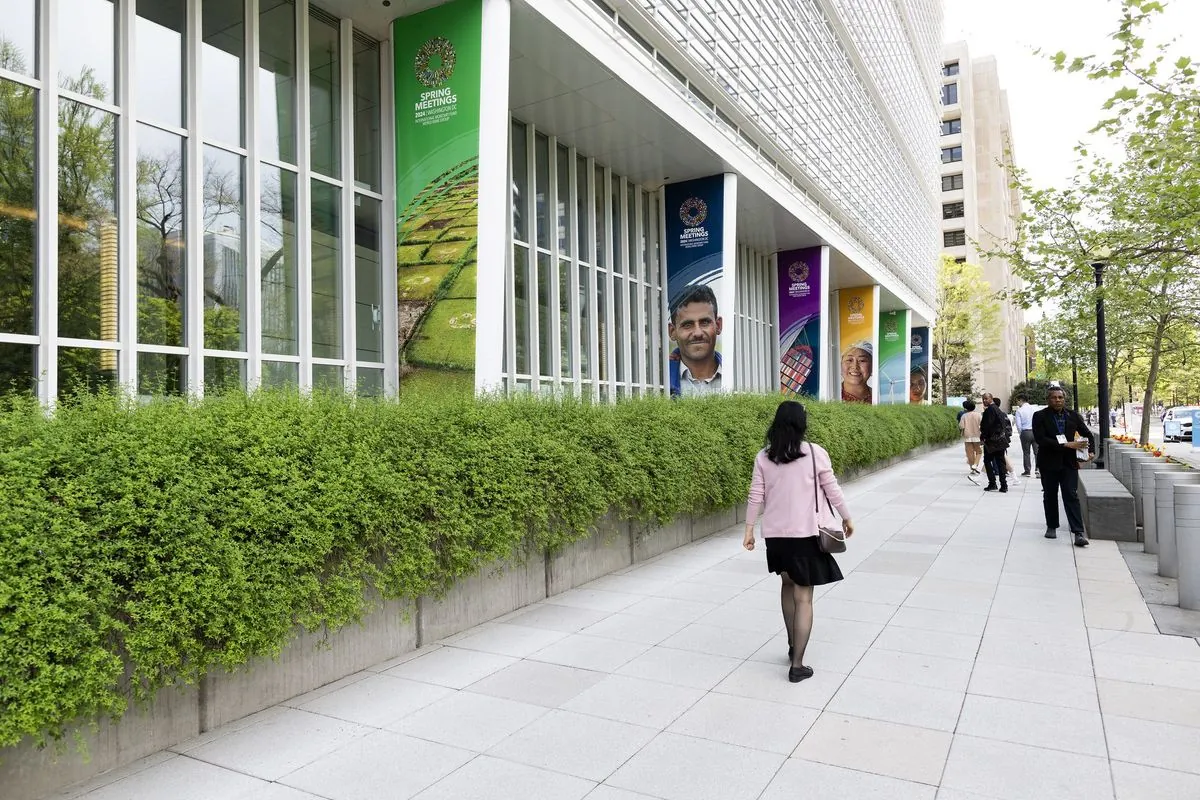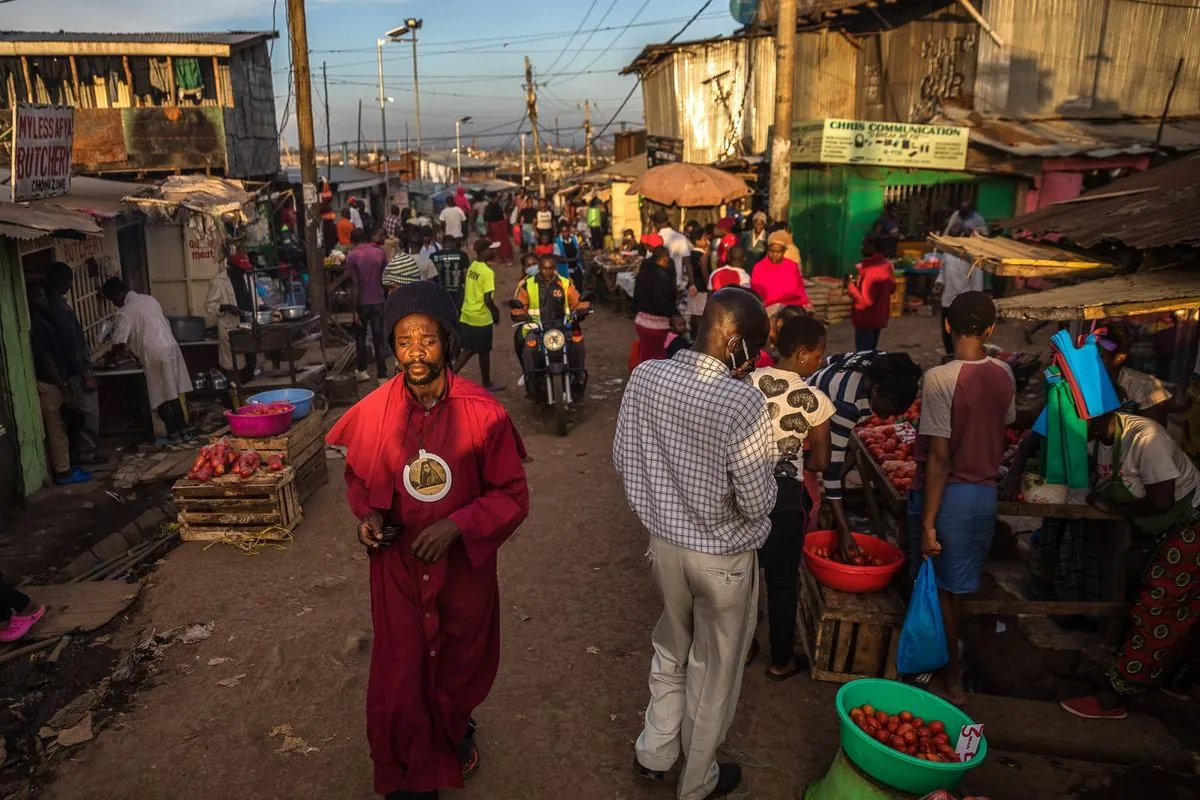World Bank's Poverty Reduction Efforts: Successes, Failures, and Future Challenges
The World Bank's mission to reduce global poverty faces scrutiny as progress stalls in the poorest nations. Despite overall poverty reduction, the "bottom billion" countries continue to lag behind, prompting calls for institutional reform.

The World Bank, established in 1944 to finance post-World War II reconstruction, has long been the world's largest international public agency. Its mission, prominently displayed at its Washington, D.C. headquarters, is to create "a world free of poverty." However, the bank's effectiveness in achieving this goal has been subject to debate and criticism.
Initially focused on reconstruction efforts, the World Bank's objectives evolved by 1973 under President Robert McNamara to "accelerate economic growth and reduce absolute poverty." The bank uses a conservative measure of $2.15 per day to estimate extreme poverty, a threshold barely sufficient for survival.
From 1960 to 1990, the bank's performance was disappointing, with poorer countries' incomes diverging from richer ones. Global extreme poverty peaked in 1980 and remained stagnant until the early 1990s. The subsequent decline in poverty was largely attributed to internally driven reforms in China and India, rather than World Bank interventions.
In 2003, economist Paul Collier identified a group of 60 poor countries, primarily in Africa and Central Asia, that were falling behind economically. Dubbed the "bottom billion," these nations struggled to ignite growth while China, India, and Latin America experienced rapid development.

The commodity super-cycle from 2003 to 2014 briefly boosted incomes in resource-rich bottom billion countries. However, since 2014, these nations have reverted to their previous trend of falling further behind the rest of the world.
Projections suggest that by 2035, adjusted for inflation, the number of people below the World Bank's $2.15 poverty threshold will increase, concentrated in Africa and Central Asia. This trend is supported by data on national wealth per person, which shows the assets of the bottom billion remaining flat while those of emerging markets and developed countries grow steadily.
Despite these concerning trends, some bottom billion countries have made progress. Rwanda has doubled its people's incomes and improved health and education. Ethiopia has broken into global markets for light manufacturing, and Zambia has decentralized decision-making to empower citizens.
"Instead of being galvanized into soul-searching questioning of why its approach to its stated purpose was not working, in the early 2020s the bank decided to change its stated purpose. It would no longer aim for a world free from global poverty—and would no longer even measure it."
The World Bank's response to these challenges has been criticized. Rather than reassessing its approach, the bank changed its poverty measurement methods, potentially obscuring the true extent of global poverty. This decision has drawn international criticism and led to the resignation of World Bank President David Malpass in February 2023.
In contrast, the International Monetary Fund (IMF) conducted a self-assessment in 2018 under then-chief Christine Lagarde. The IMF found that only one in seven of its programs in fragile states were succeeding, leading to a comprehensive research study and policy changes.
As the World Bank faces mounting pressure to address persistent poverty in the bottom billion countries, the institution stands at a crossroads. With its vast resources and capable staff, the bank has the potential to recommit to its noble mission of poverty reduction. The question remains whether new leadership will chart a bold new course or retreat into bureaucratic defensiveness.


































